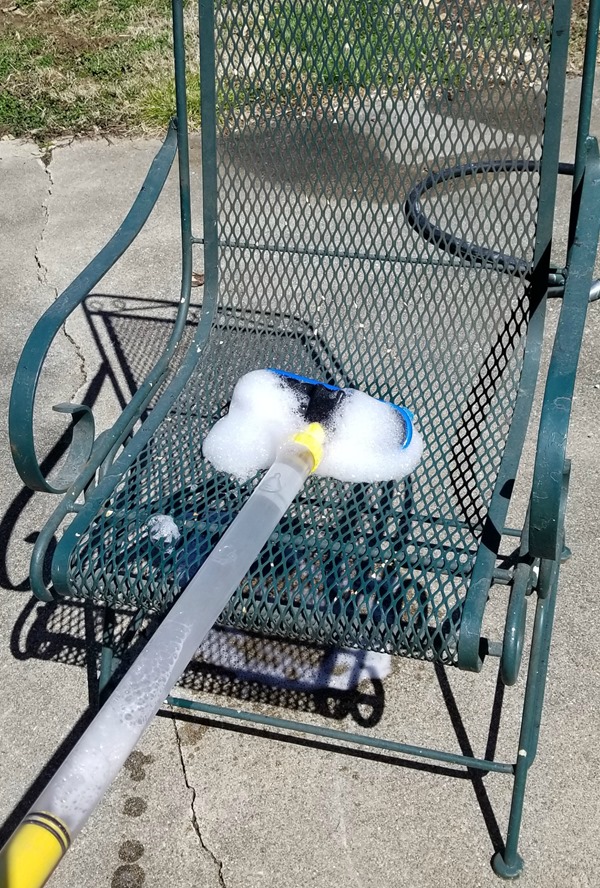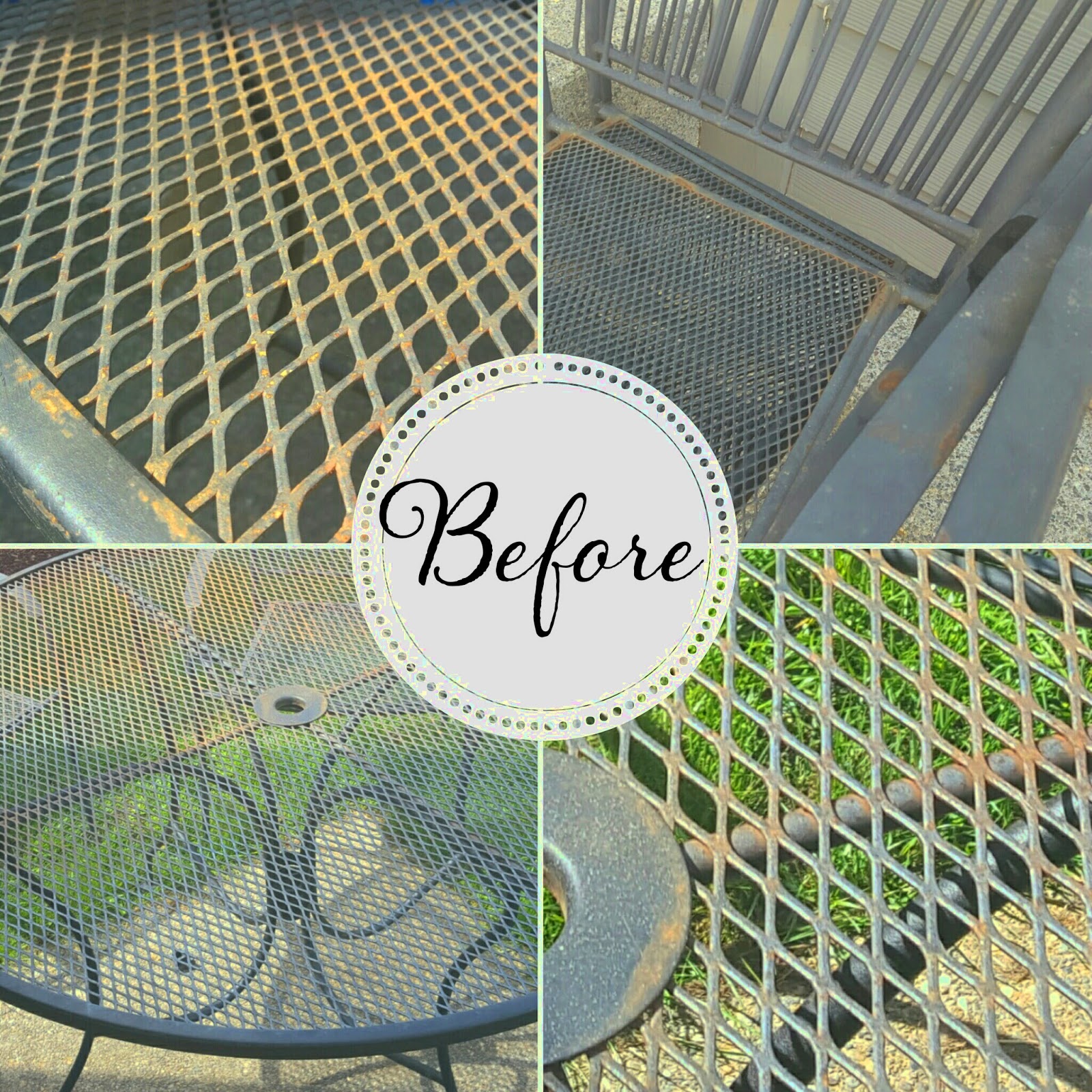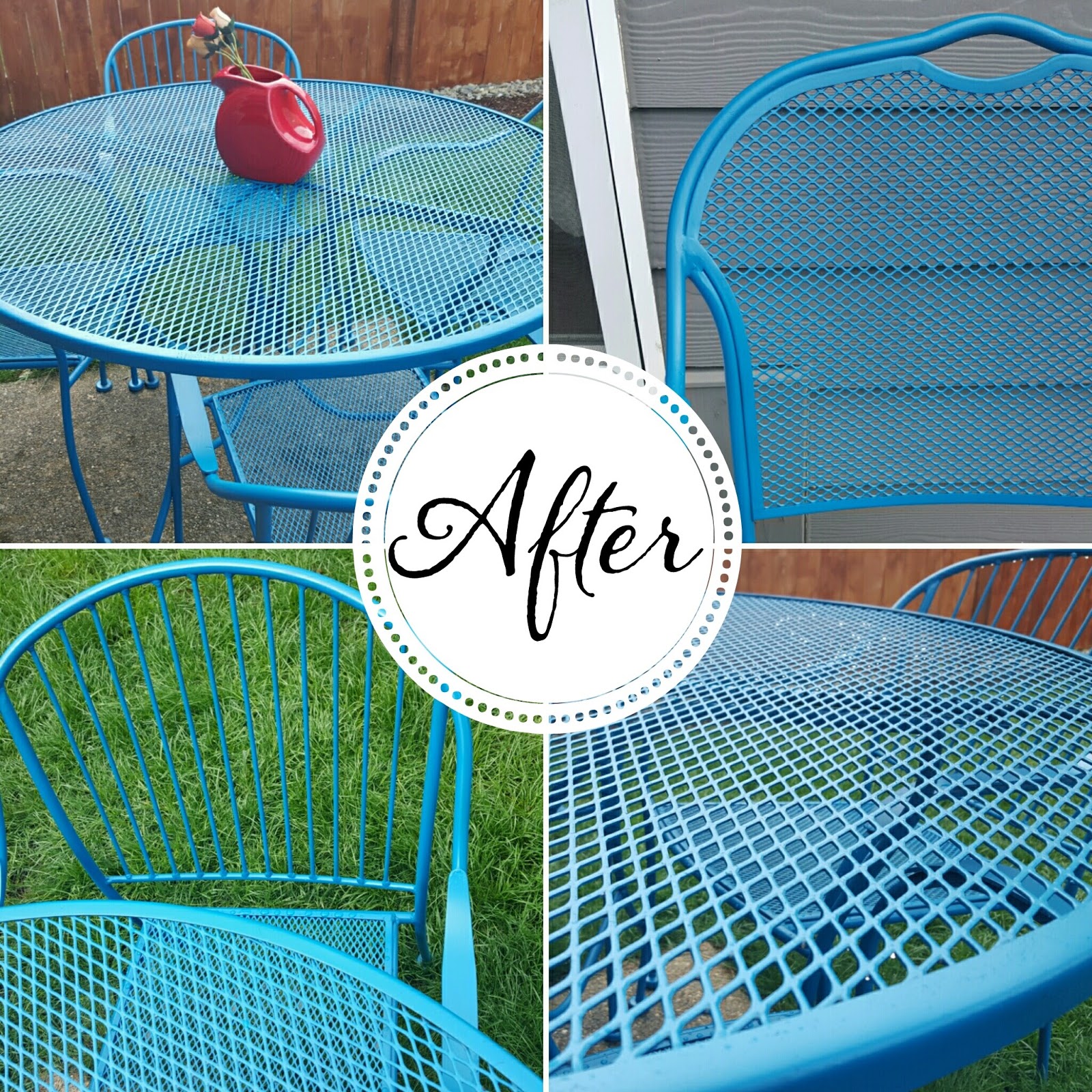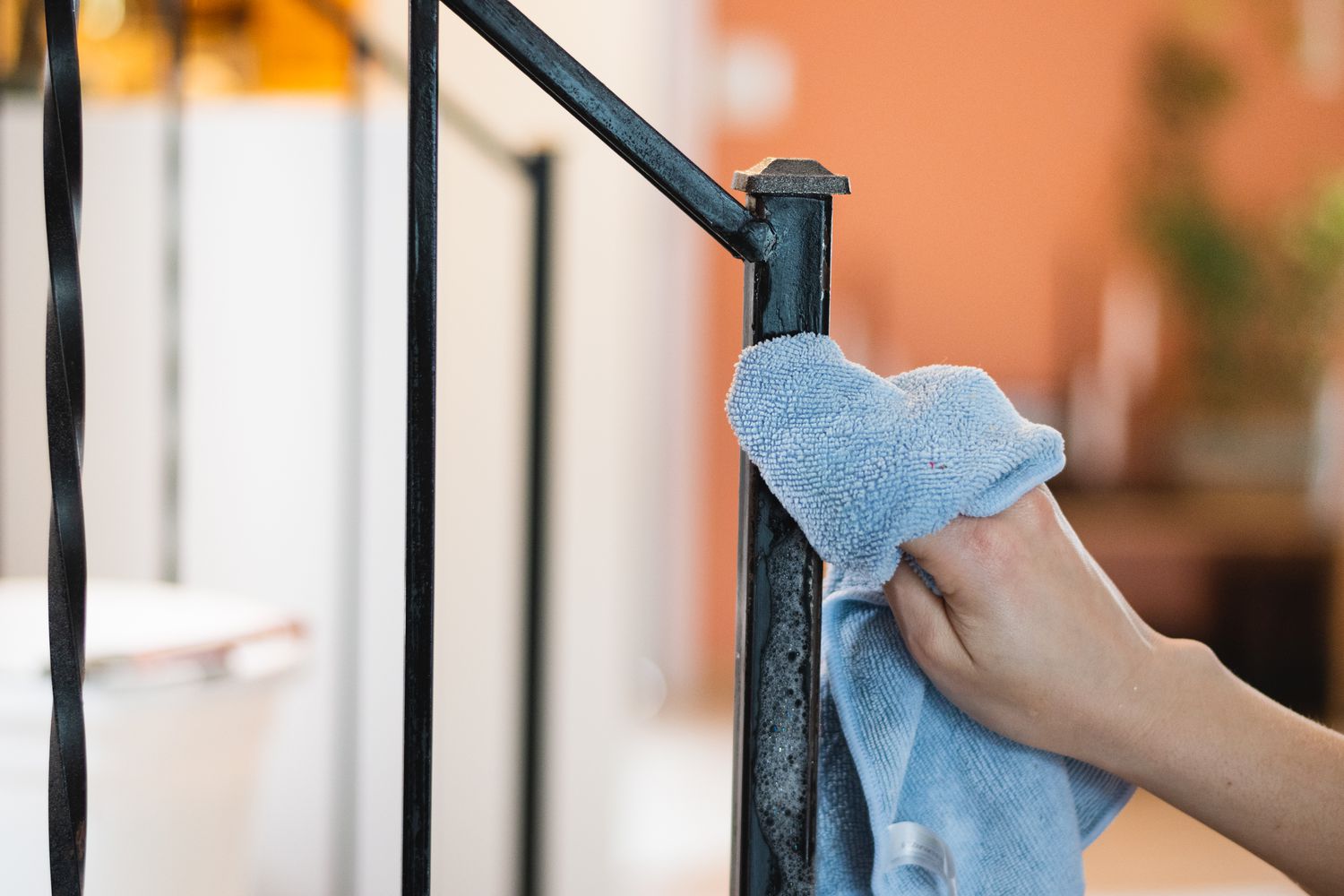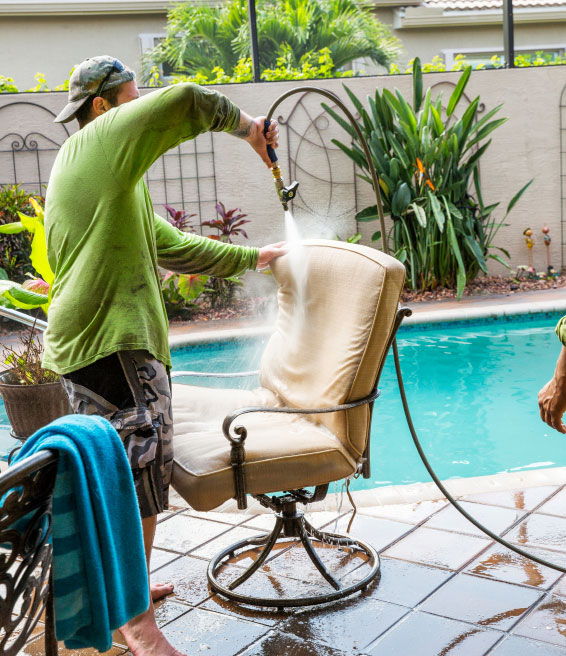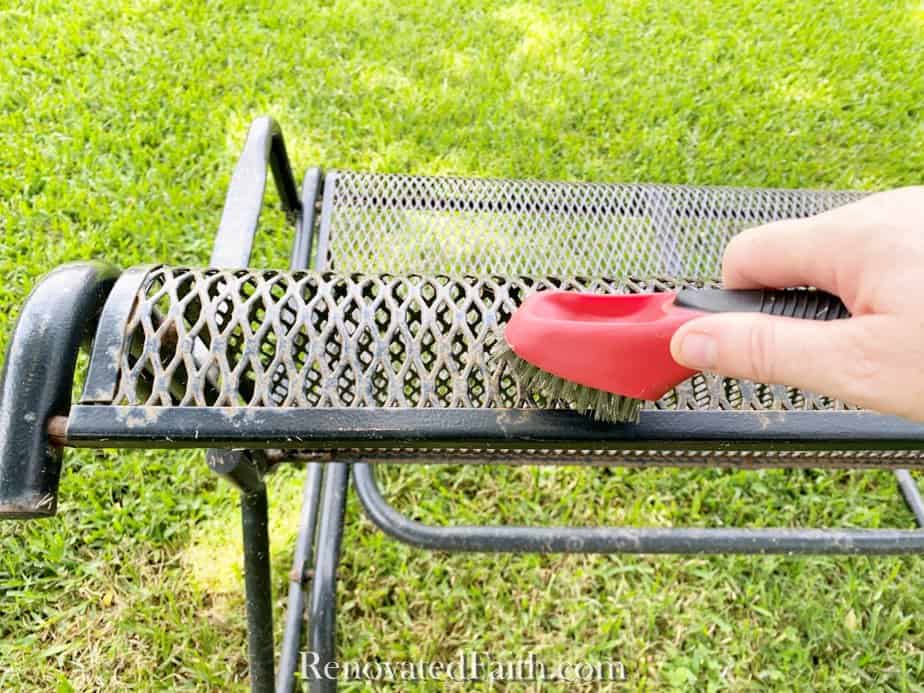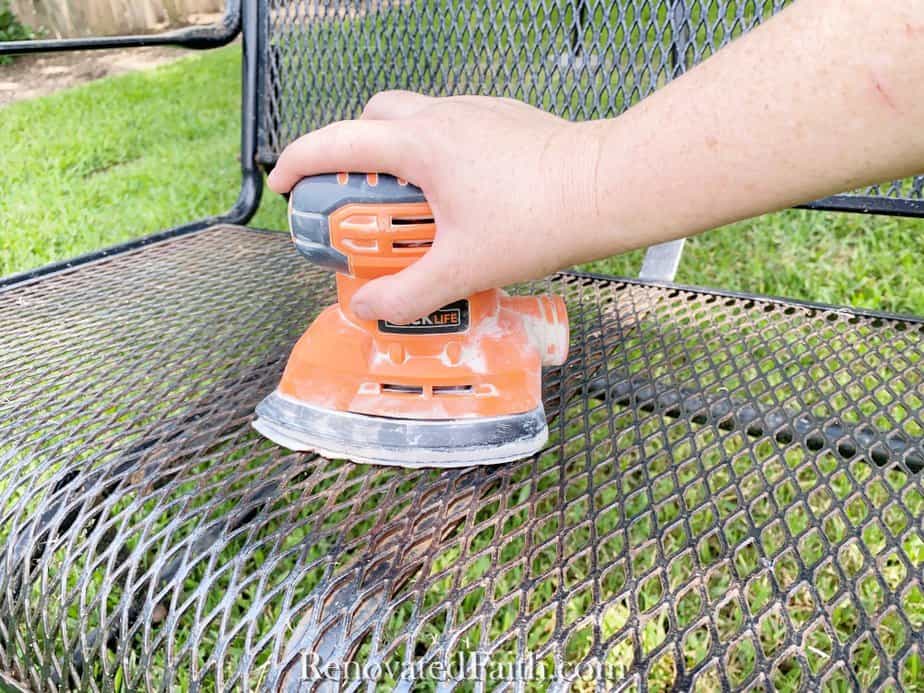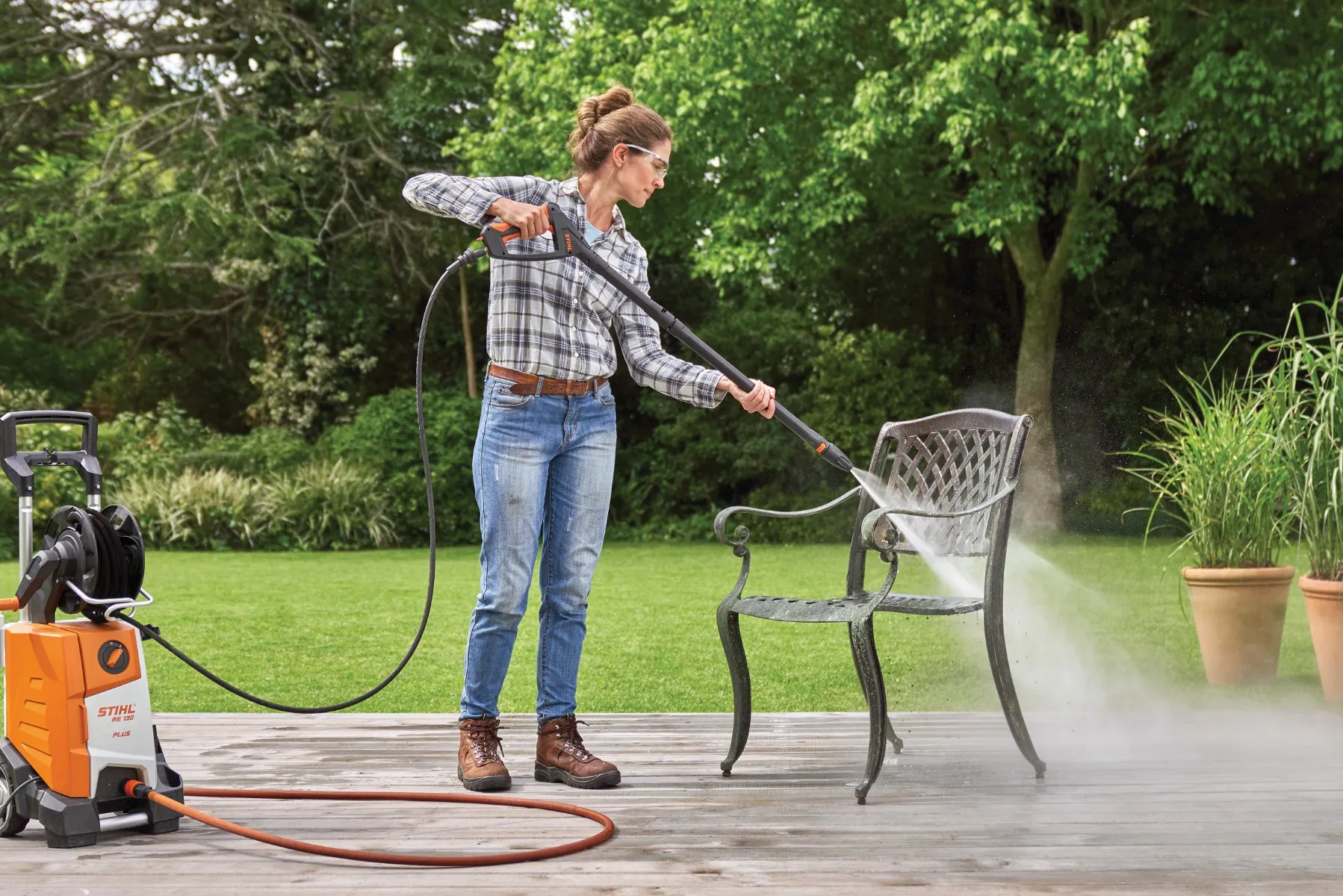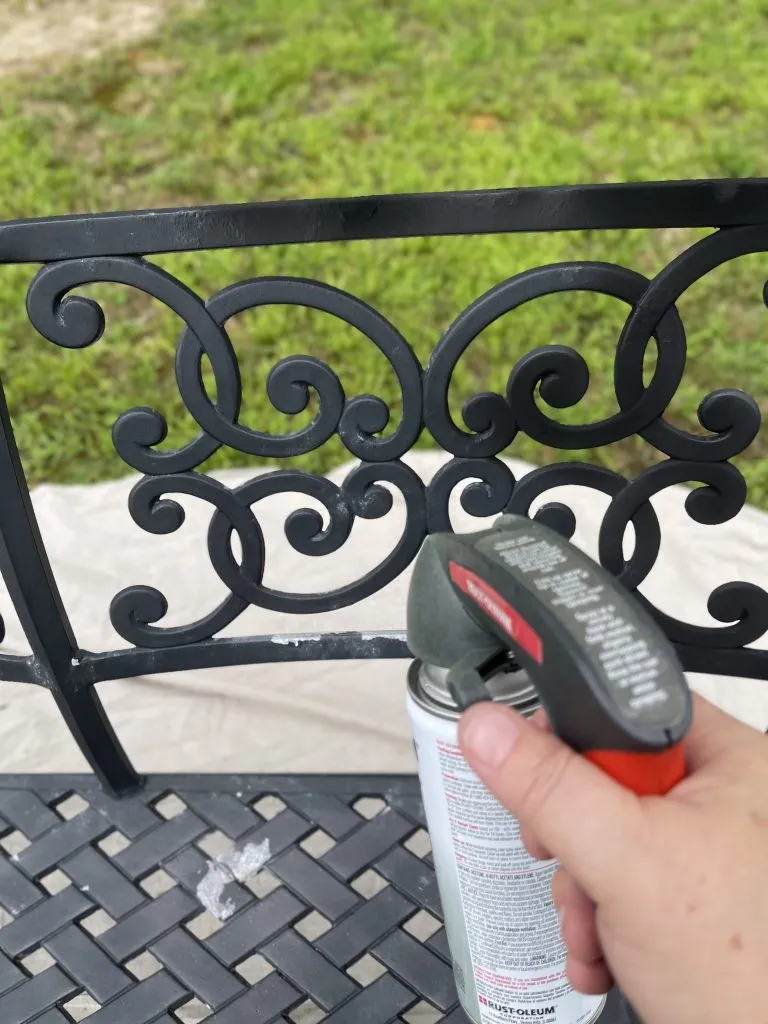About Wrought Iron Cleaning
Cleaning wrought iron involves removing dirt, rust, and debris to maintain its elegant appearance. Start by scrubbing with a wire brush to remove loose particles, then wash with soapy water. Rinse thoroughly, and if rust persists, use a rust converter. Finish with a protective coating, like wax or paint, to prevent future corrosion.
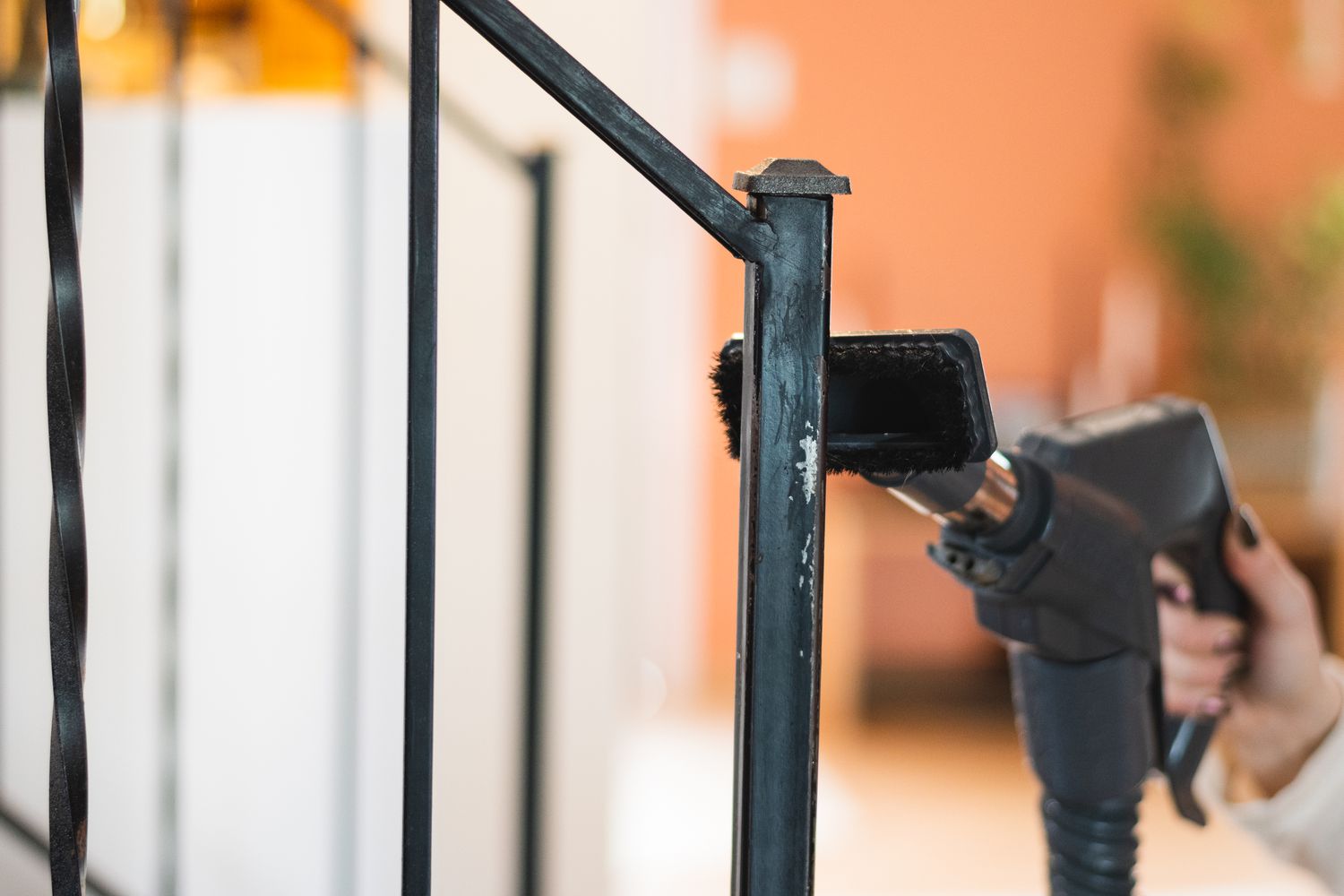
- Wrought iron cleaning is essential for preserving the beauty and longevity of your ironwork.
- Begin by using a wire brush to remove loose dirt, rust, and old paint from the surface.
- Next, wash the wrought iron with a mixture of soapy water to remove any remaining debris.
- Rinse thoroughly with clean water to ensure all soap residues are gone.
- For stubborn rust, apply a rust converter to halt corrosion.
- Finish the process by applying a protective coating, such as paint or wax, to safeguard against future rust and maintain its stunning appearance.
